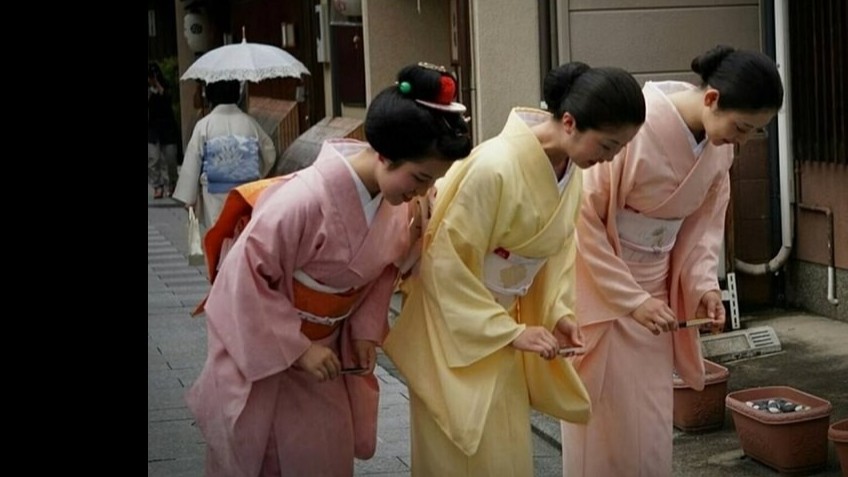世界の文化には多くのユニークな特徴がありますが、その中でも日本の「お辞儀(おじぎ)」は特に興味深い文化的な習慣です。
There are many unique characteristics among cultures around the world, but among them, Japans bowing is a particularly fascinating cultural custom.
。
Bowing is a unique Japanese custom used in various situations, such as expressing gratitude, apologizing, or greeting.
。
In Japan, bowing is considered an important way to show respect to others.
。
The angle and timing of a bow vary depending on your relationship with the other person and the situation.
。
For example, in business settings, it is expected to bow deeply to show respect.
。
On the other hand, in everyday greetings, it is common to give a slight bow.
。
Bowing is not just a matter of etiquette, but also an important way to build trust with others.
。
Japanese people value expressing their feelings not only through words, but also through their attitudes and gestures.
。
For example, to express gratitude, people often bow and say arigatou gozaimasu thank you.
。
In this way, in Japanese culture, words and actions are closely connected, emphasizing respect for others.
。
There are many different cultures in the world, but having a way to show respect to others, like Japans bow, is an important value regardless of country or region.
。
Understanding such cultures can help facilitate smoother international communication.

